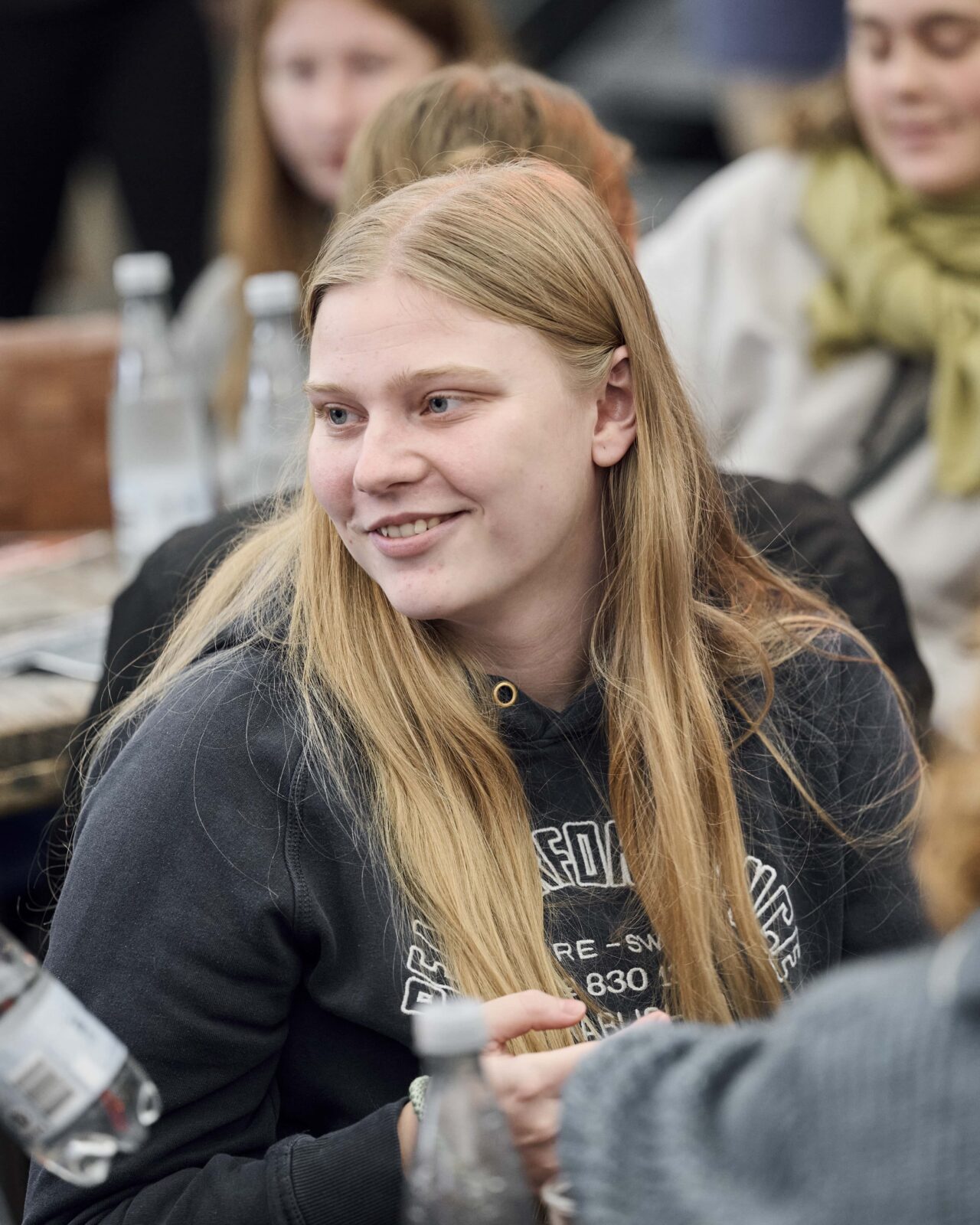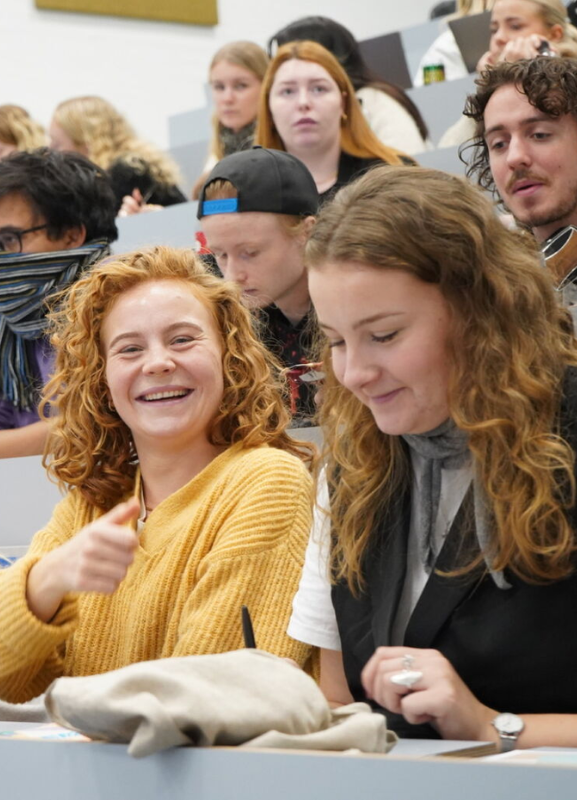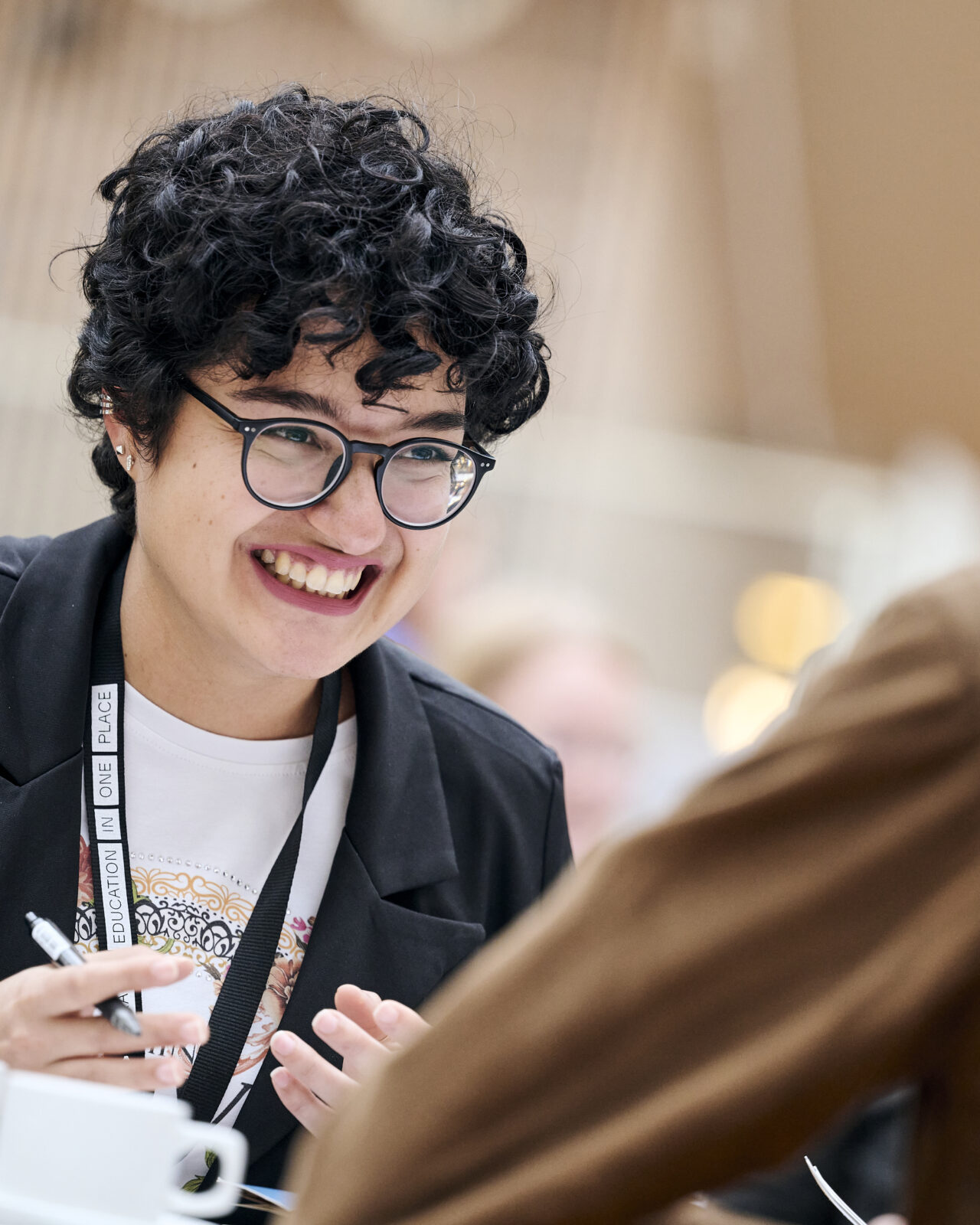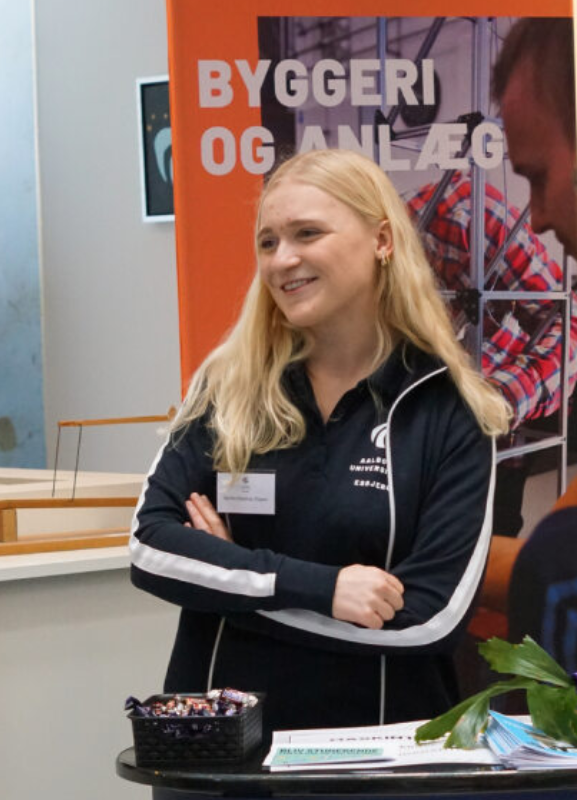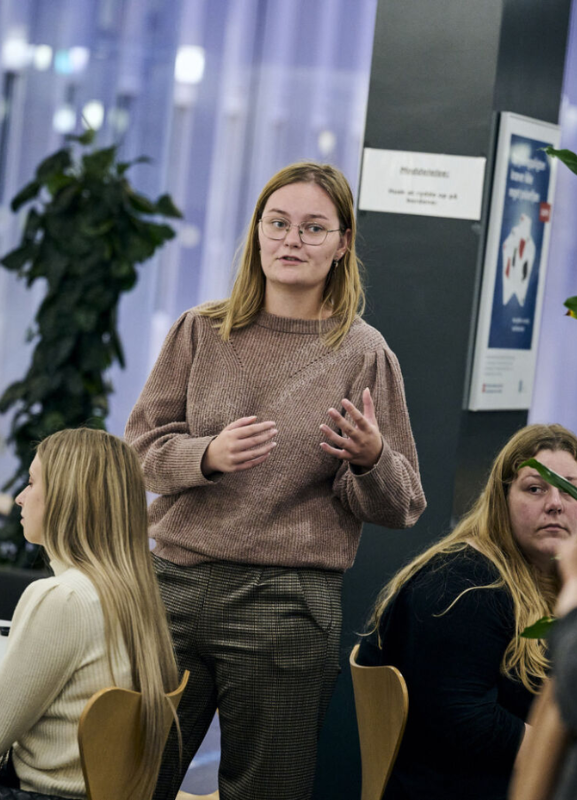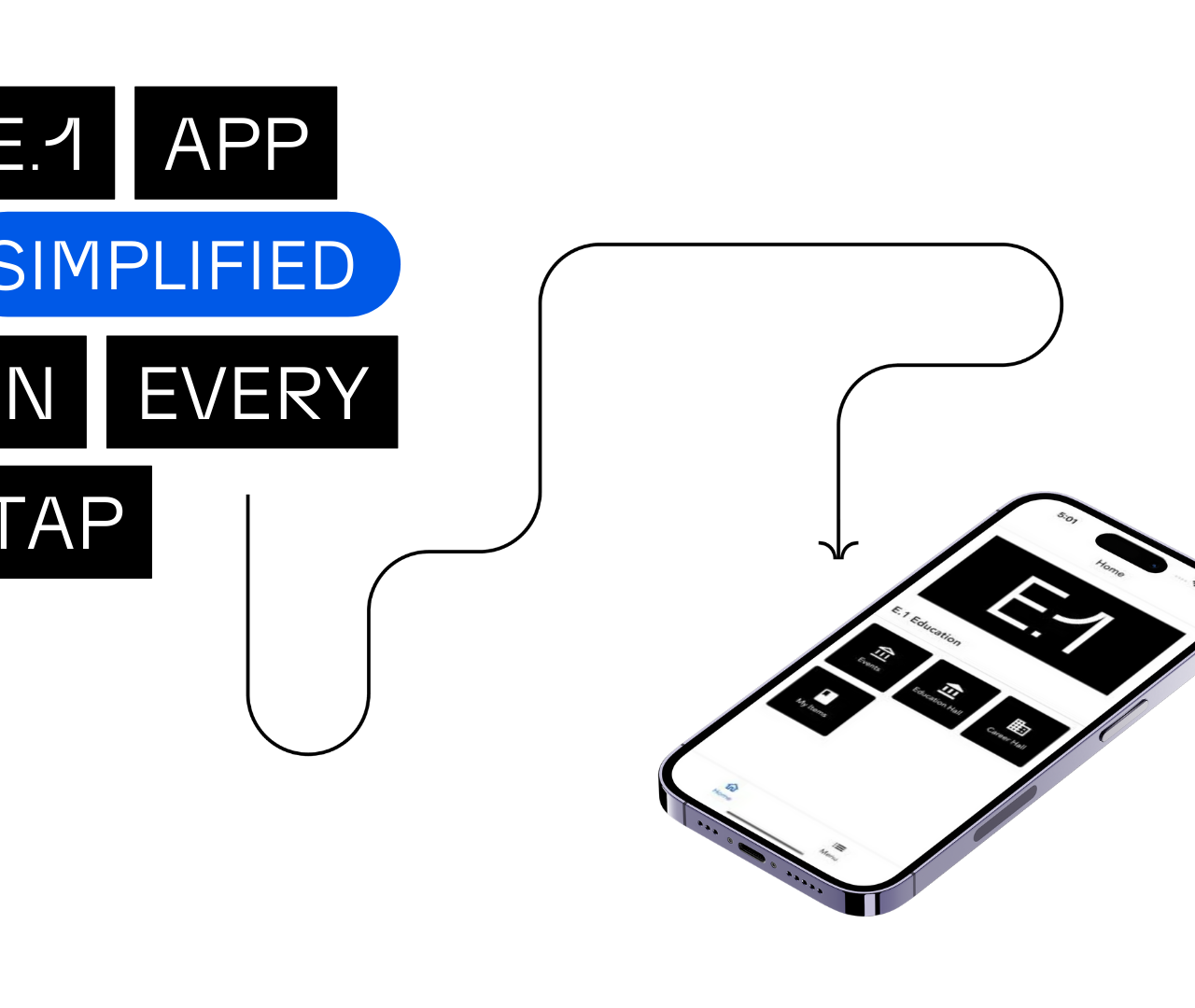Everything About Admission
Are you about to start your application for Your Dream Program?
Does all this information about admission seem a bit overwhelming? Then you’ve come to the right place! We’ve just created a guide for you about everything you need to know regarding admission to a higher education program.
Admission rules
When applying for a higher education program, there are some general rules you should be aware of. One of the first things to ensure is whether you meet the admission requirements for the specific program you wish to apply for. These requirements can include anything from grade requirements, subject prerequisites, ECTS points, or a specific subject that you need to have completed at the A-level. This part is relatively straightforward, as you can find all relevant information on the specific program’s webpage.
At the same time, it’s a good idea to be aware of the application deadlines for your dream program, as these can vary from one program to another. There are two different ways to apply for your program: Kvote 1 or kvote 2.
Do you have questions?
Then give the educational institutions a call! They are experts and can surely provide you with answers.
More about Admission
Reapplying or switching higher education programs can be a significant decision for many, and it affects your application. Completing courses, experiencing a study environment, and gaining relevant experience can boost your application.
Regardless of the reason for a previous interruption or the desire to change direction, there are several important considerations and steps to take to ensure a smooth and successful admission process.
From application deadlines to prioritizing programs and confirming offered study places, there are several aspects to consider.
Here is our guide to everything about admission, whether it’s reapplying or switching higher education programs, along with other helpful tips for a successful application.
Reapplying to Education
Have you previously started a higher education program but, for some reason, had to interrupt it? Don’t worry! There are good chances that you can resume your studies. However, this can vary depending on the educational institution, so you should always check with the specific program to see if it’s possible—and if so, what they require from you.
Transferring from one program to another
If you are already enrolled in a higher education program but wish to switch to another, this can also be an option. However, you should be aware of any limitations and requirements from the educational institution, including whether there are available spots in the desired program and if you meet the necessary admission requirements. Therefore, we recommend that before making any hasty decisions, you give the new desired institution a call or send them an email—depending on your level of patience—to inquire about the options available to you.
Standby-spot
If you don’t get into your dream program on your first attempt, your chances are not over yet! A standby placement is a special opportunity that arises if there are available spots later on.
A standby placement is typically offered to applicants who have not been offered a regular study spot in the first round of admissions and who are still interested in being admitted to the program later.
However, you should be aware that there may be different conditions and deadlines for accepting a standby placement. Therefore, as always, it is important to stay updated on communications from the educational institution and respond promptly if you are offered a standby placement.
Summer- og winter start
When it comes to admission to higher education, there are typically two times when you, as a student, can start your new studies: summer start and winter start. These start dates provide flexibility and the opportunity to tailor your study plan according to your needs and what suits you best.
If you start your education with a summer start, it is usually in August or September. This is the most common time for starting studies, and when most students are admitted. Winter start is an alternative time for starting studies, typically taking place in January or February.
Are you currently thinking that a winter start fits perfectly with your plans? Then it is again important to check with your specific program that it offers a winter start. Because there are always some that do not! Additionally, it is also important to know that the number of available places for a winter start can be limited compared to a summer start.
Prioritization of programs
Once you’ve finally figured out which program(s) you can see yourself pursuing for the next few years, you need to rank them in order of preference. You can’t just send your application to, for example, three programs and say that you want them all equally—leaving it up to the system to decide. While that might be nice, you must prioritize the order when applying for admission.
However, this isn’t such a bad thing, as it ensures that your most desired program gets first priority if you meet the conditions and requirements.
Oh, but what if you change your mind? You can actually change your mind right up until the application deadline. After that date, your prioritization is fixed, and you can no longer make changes.
And here’s one more piece of advice from us to you: Remember to prioritize your applications according to your own wishes and preferences. Don’t apply to programs just because you think they will be easier for you or because you know your friends are applying to the same ones. Follow your gut feeling and think about what you can see yourself doing in your everyday life for the next few years.
Response time for your application
Once you’ve finally submitted your application for admission to your hopefully dream program, the waiting period begins. This waiting time will undoubtedly feel like an eternity, and time just can’t seem to move quickly enough. If you’re starting in the summer, you will usually receive a response in late July—though this can vary depending on the program. Keep an eye on your e-Boks or email, as this is where you will receive further notifications.
Also, remember that if you’ve applied to multiple programs and ranked them in your application, you will receive responses according to that prioritized order. If you get accepted into your first priority (fingers crossed), you will not receive responses from the other prioritized programs.
Confirmation of offered study place
When you have finally received the exciting news that you have been offered a study place in your dream program after lying awake all week in anticipation, you must remember to confirm your study place. If you know that this is what you want, say yes right away. There’s no reason to delay. However, if you need a little time to think, be mindful of the deadline so you don’t miss it by mistake.
It will be clearly stated how to confirm your study place. Sometimes it’s done online via a portal, and other times by email—but this will be clearly communicated to avoid any misunderstandings. If you are still unsure, we recommend that you call the educational institution.
Application Deadlines
It’s crucial to be aware of the different application deadlines when applying for higher education programs. For quota 1 applicants, the regular application deadline is July 5 at 12:00 PM (but as with everything, always double-check that this applies to the specific program you wish to apply for). This means that if you’re applying through quota 1, your application must be submitted before this date to be considered. Quota 1 applications are evaluated based on your GPA, as mentioned earlier.
If your plan is instead to apply through quota 2, which is always a good idea if you’re even slightly unsure whether your grades are high enough, the application deadline is March 15 at 12:00 PM. The difference between quota 1 and quota 2 lies in the evaluation criteria: quota 1 is based on grades, while quota 2 considers a broader range of factors, including your personal background, experience, and motivation for applying.
And yes, we must emphasize it one last time: application deadlines can vary depending on the program you’re applying to. So always make sure to check the specific requirements for your program!
Application on optagelse.dk
When it comes to applying for higher education programs in Denmark, optagelse.dk is your go-to site. Here, you can easily find and apply for the program you wish to pursue.
You could say that optagelse.dk serves as a central portal that gathers information about all higher education programs in Denmark. This makes the application process much simpler since everything you need is in one place.
Moreover, the website is designed to make the application process straightforward for you. You’ll be guided step-by-step through the entire process, ensuring that you submit everything correctly, including writing, filling out, and attaching all the necessary documents.
One last important piece of advice: if you’re uncertain about anything related to applying for your dream program—no matter how much you’ve Googled, read everything available, or asked around—don’t hesitate to call the educational institution directly to get your questions answered or any doubts clarified.

